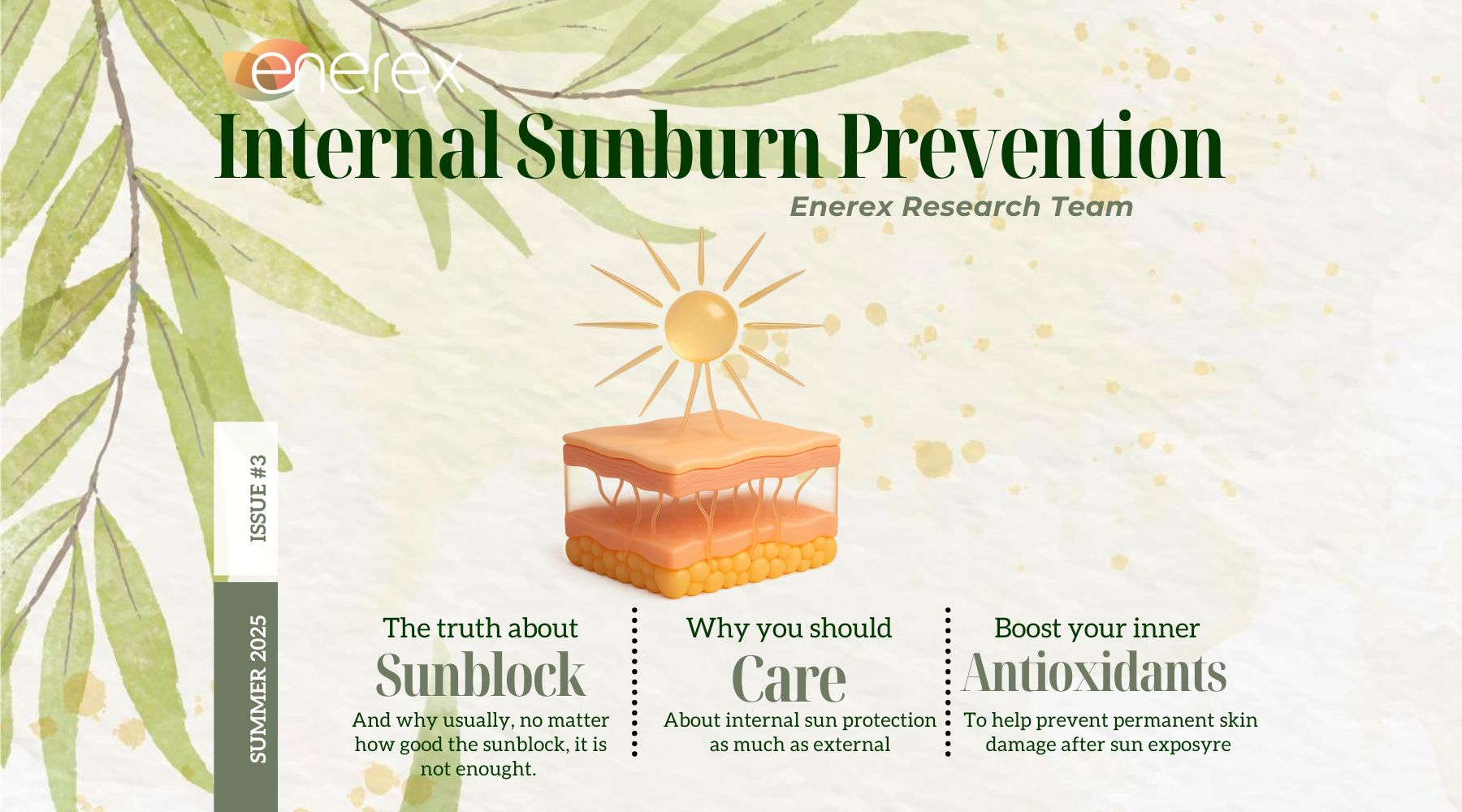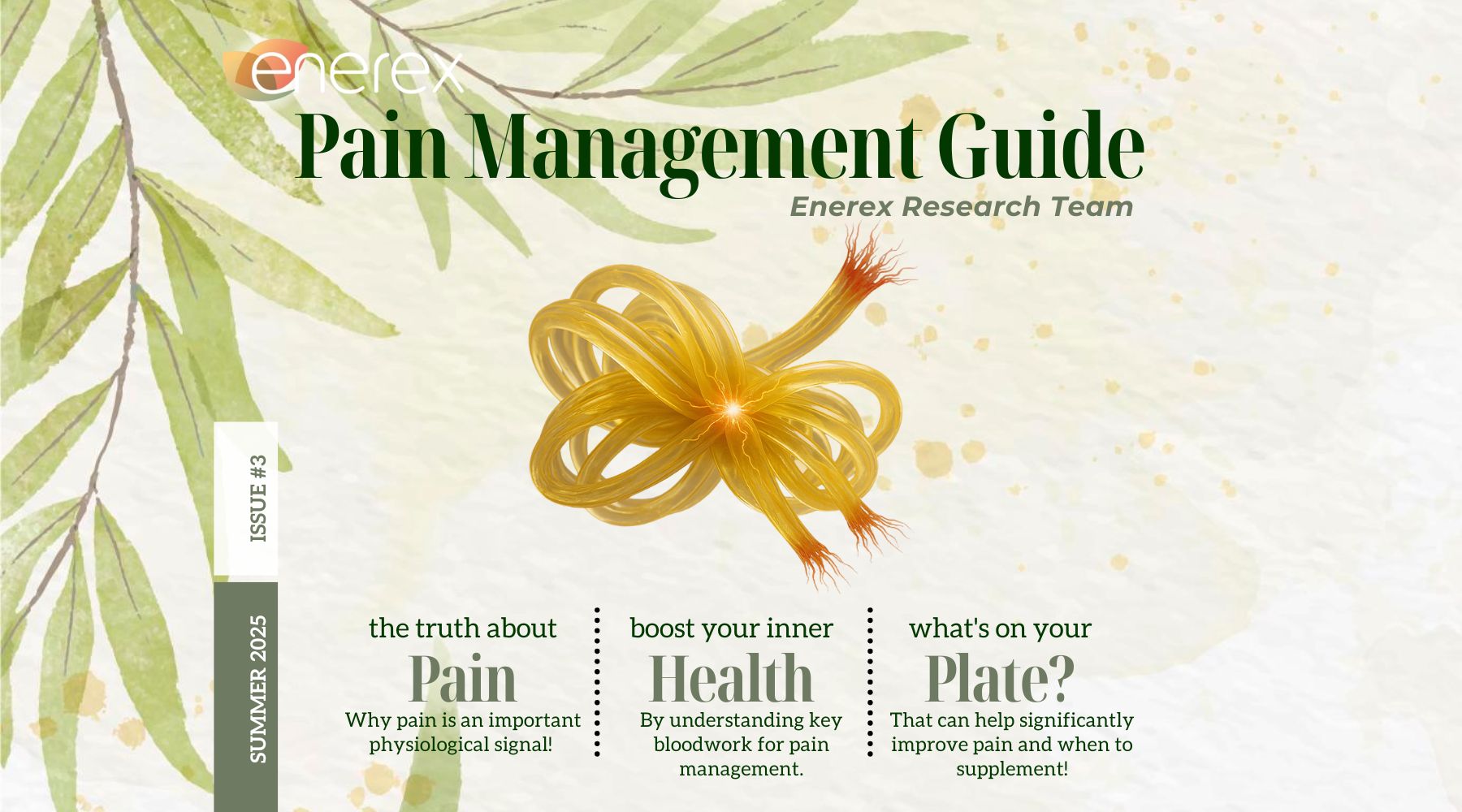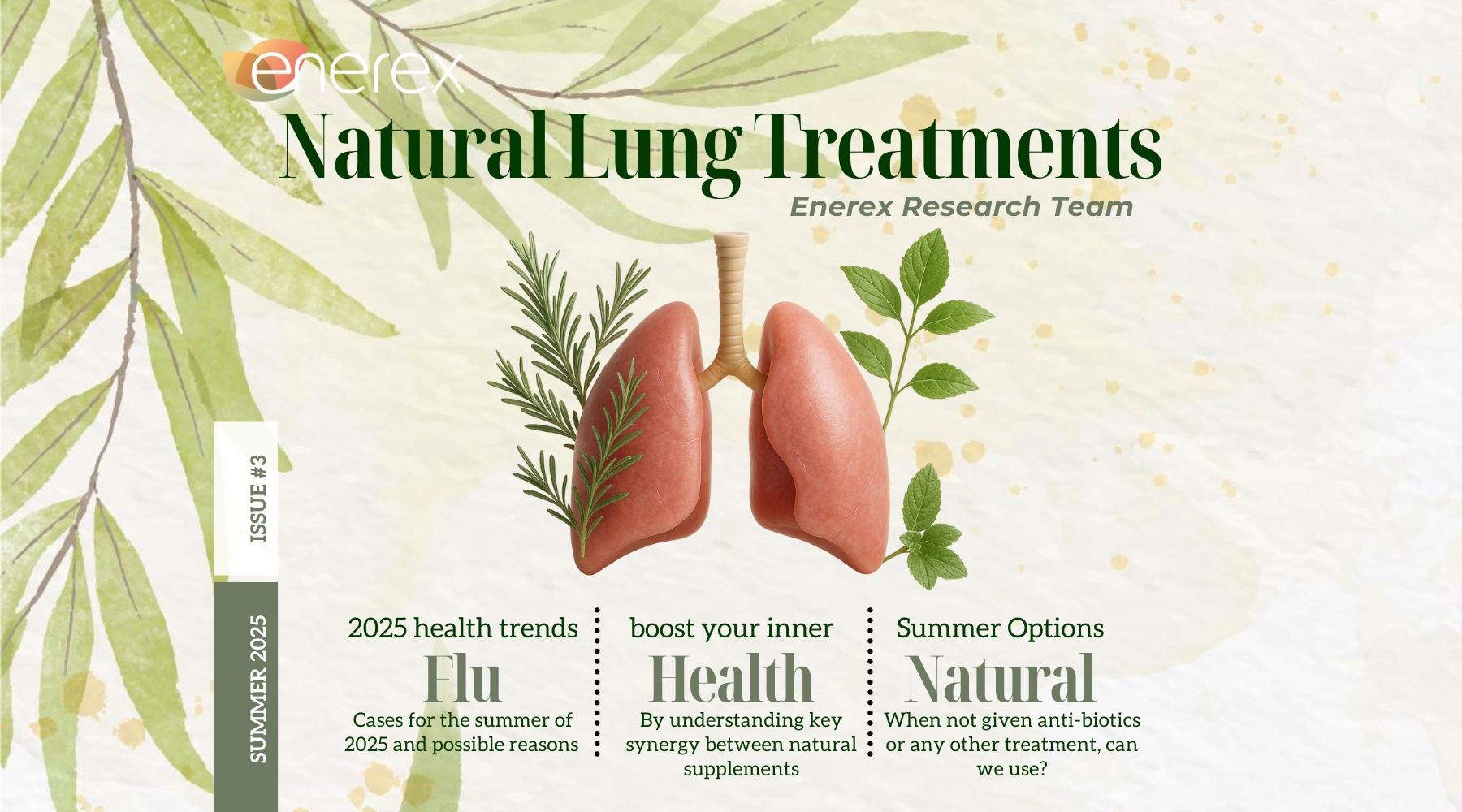Understanding Supplement Labels & Why It's So Important
Do you analyze and investigate your supplement labels? This can be easier said than done, as many labels are confusing to read, and sometimes even misleading for the consumer. Reading supplement labels can feel like an unfamiliar language - your eyes may glaze over words and terms that you’re not familiar with. It’s like when you saw the word ‘quinoa’ for the first time.
There’s a reason why nearly half of the Canadian population takes supplements. In North America, processed foods can make up close to 70% of our diet. There are not enough people cooking meals and snacks from scratch, with whole fresh foods on a daily basis. Our modern society makes us feel as if we do not have enough hours in the day, and oftentimes we base our meals on what is quick and convenient.
This is not the only reason we may be missing out on essential micronutrients: vitamins and minerals such as A, C, D, magnesium, and selenium. Our modern-day farming processes have actually made 33% of land moderately to highly degraded due to the erosion, salinization, compaction, acidification, and chemical pollution of our soil (1).
It can also take a few days to several weeks for our food to find its way from the farm, to your local grocery store. There is also additional time then spent on the shelf at the store before it finds its way into your fridge, this is quite the dawdle from farm to table, which can also degrade levels of key micronutrients - especially levels of antioxidant vitamins A, C, and E.

Blog Contents
There are certain groups of people who may require extra nutrients, as some lifestyle habits or conditions related to depleted or prevented absorption For example, caffeine in coffee or tea may decrease iron absorption (2), smoking depletes vitamin C, and exercise depletes magnesium. You may also need additional nutrients if you:
- Have an injury or illness
- Experience chronic stress
- Drink alcohol
- Smoke
- Have poor digestion
- Are taking prescription medications or the birth control pill
- Pregnant or nursing
- Dieting and/or restricting food intake
- Have mental health concerns
- Live in a Northern climate
- Are elderly
- Exposed to toxins or chemicals
Almost everyone falls under at least one group on this list. So yes, you probably should be supplementing, but you also need to ensure that you are choosing the right supplement. Here are 5 Things You Should Consider When Reading Supplement Labels:
-
Look for a Natural Health Product Number
-
Watch for Proprietary Blends
-
Third-Party Testing vs. Internal Testing
-
Standardized Extracts vs Whole Herbs
- Proper Dosage
Look for a Natural Product Number
In Canada, a Natural Health Product Number should be found on your supplement labels. This eight-digit number will look like ‘NPN XXXXXXXX’ and is normally found in small print. This license is required to ensure the safety and efficacy of natural health products, and it’s also required for a brand to make health claims - which must be supported by proper evidence. Evidence to state claims may include clinical trial data or references to published studies, journals, pharmacopoeias, or traditional resources.
As a consumer, it is important to look for this number, this is to ensure that the product is legit and is being regulated (3).
In order for a brand to make claims on its labels, they need to submit an application to provide the following information:
- Medicinal ingredients
- Source
- Dose
- Potency
- Non-medical ingredients
- Recommended uses
Under the Canadian Food and Drugs Act, natural health products must be classified as either food or a drug. Natural health products include vitamins and minerals, herbal remedies, homoeopathic medicines, traditional medicines, probiotics, and other products like amino acids and essential fatty acids (4). Health food products such as teas, herbs, protein, and greens powders will not require this number.
Watch for Proprietary Blends
Using a proprietary blend benefits a supplement brand, but not necessarily you. This term is often found on the ingredient label. A “proprietary blend” is a group of ingredients that may disclose every ingredient, but not the exact amount. These often make their appearance on product labels with trademarked names such as or ‘Greens Blend’ or ‘Detox Blend’. To make it even more confusing, some proprietary blends contain other proprietary blends. A blend within a blend! There are a few reasons why a company may want to hide their formula on the label:
-
Marketing: using trendy names or catchwords
-
Increases perceived value: a blend may contain a higher portion of the cheaper ingredients in the list
-
Protect their formula: from competitors and copycats
- Mask an ineffective mix: a blend may contain a lower portion of the active ingredients
Since you don’t know how much of each ingredient you’re getting, you don’t actually know the dosage, and if you’re getting enough to actually feel a benefit. Without really knowing what you’re taking, you may also experience an intolerance to something in the said formula, and it will be much harder to figure out which ingredient is causing the issue.
Proportions of ingredients can also change drastically, without the company needing to disclose the change. A product that once worked for you can suddenly become completely ineffective.
"When you’re looking at products, you want to choose the brand that provides every detail, if the product is designed to be good for you - why would they have anything to hide?"
Third-Party Testing Vs. Internal Testing
Many supplement brands are tested internally to ensure their own quality, however, this is not as valuable as brands that also pursue third-party testing. Third-party testing means that the company has submitted its product to be tested for purity and/or quality externally.
When it comes to products like fish oil, third-party testing is a way to ensure that the product meets government standards regarding levels of heavy metals. Many supplement manufacturers purchase their ingredients from other countries online and then don’t test the purity or efficiency of their products once they arrive at their manufacturing plants.
This additional step above self-monitoring ensures that the product is being studied from an external point of view, with a fresh, unbiased set of eyes. It may take some research on a brand's website to find third-party testing certifications, as there is only so much room on a label for a brand to share its certifications and standards.
Standardized Extracts Vs. Whole Herbs
Extractions are used for two good reasons: to concentrate the plant into a smaller form, and to potentially eliminate undesired components. A standardized herbal extract is one or more components from a herb, which are extracted in a specific and guaranteed amount. This intention is to guarantee chemistry consistency from batch to batch.
A whole herb is exactly that, you can find many dried herbs in capsules or preserved in alcohol or another solvent. Whole herbs contain all of the constituents of the plant, whether it be the root, leaves, flowers or stems. Whole herbs are typically made into a crude powder by crushing, and then dehydrating. This means that you can take a lower quantity and potentially receive more benefits. Begin to look for extract ratios on your labels. A 10:1 ratio would equate to a supplement containing 10 times as much as the amount of the crude herb. So a 100mg capsule at a 10:1 extraction would be equivalent to 1,000mg of the whole herb.
While scientists have the ability to isolate constituents from a herb, oftentimes it is overlooked how well the herb can work as a whole. An example is Reishi mushroom and the standardization of the polysaccharides within. Reishi mushroom naturally contains beta-glucans, a polysaccharide known to play a role in modulating immunity and enhancing the activity of natural killer cells. However, Reishi as a whole also contains triterpenes, polyphenols, and other health-promoting compounds.
"We are only just beginning to understand how all of the constituents in whole foods work together and react in our bodies to support our health and well-being. So when possible, look for whole herbs to ensure your product is working as nature intended"
Proper Dosage
Finally, make sure that your supplements contain the appropriate dosage so that it will have the desired effect you are looking for. You’re likely not going to be inspired to continue taking a supplement if you can’t feel any noticeable difference. There is a huge difference between using supplements to maintain balance and using them to provide therapeutic effects and changes. Oftentimes the recommended dosage is designed to maintain healthy levels, however, if you’re looking for a therapeutic approach you can see a measurable difference. You may actually need much, much more. Generally speaking, once-a-day multiple vitamins from your drugstore are not going to provide you with the quality or quantity of nutrients that you and your body are looking for. This is when working with a practitioner such as a holistic nutritionist or naturopathic doctor is of benefit. By consulting with a practitioner, you can uncover how much of each key nutrient you should be taking.
You should be confident in the supplements you are taking, and you should also definitely feel a difference. If you’re not, it may be time to re-evaluate your wellness routine and make an effort to read and understand your supplement labels. As you can see, it really is so important.
Article References:
1. Status of the World’s Soil Resources: http://www.fao.org/3/a-i5126e.pdf
2. Effect of tea and other dietary factors on iron absorption: https://www.ncbi.nlm.nih.gov/pubmed/11029010
3. About Natural Health Product Regulation in Canada: https://www.canada.ca/en/health-canada/services/drugs-health-products/natural-non-prescription/regulation.html
4. General Questions – Regulation of Natural Health Products: https://www.canada.ca/en/health-canada/services/drugs-health-products/natural-non-prescription/frequently-asked-questions/general-questions-regulation.html










Leave a comment